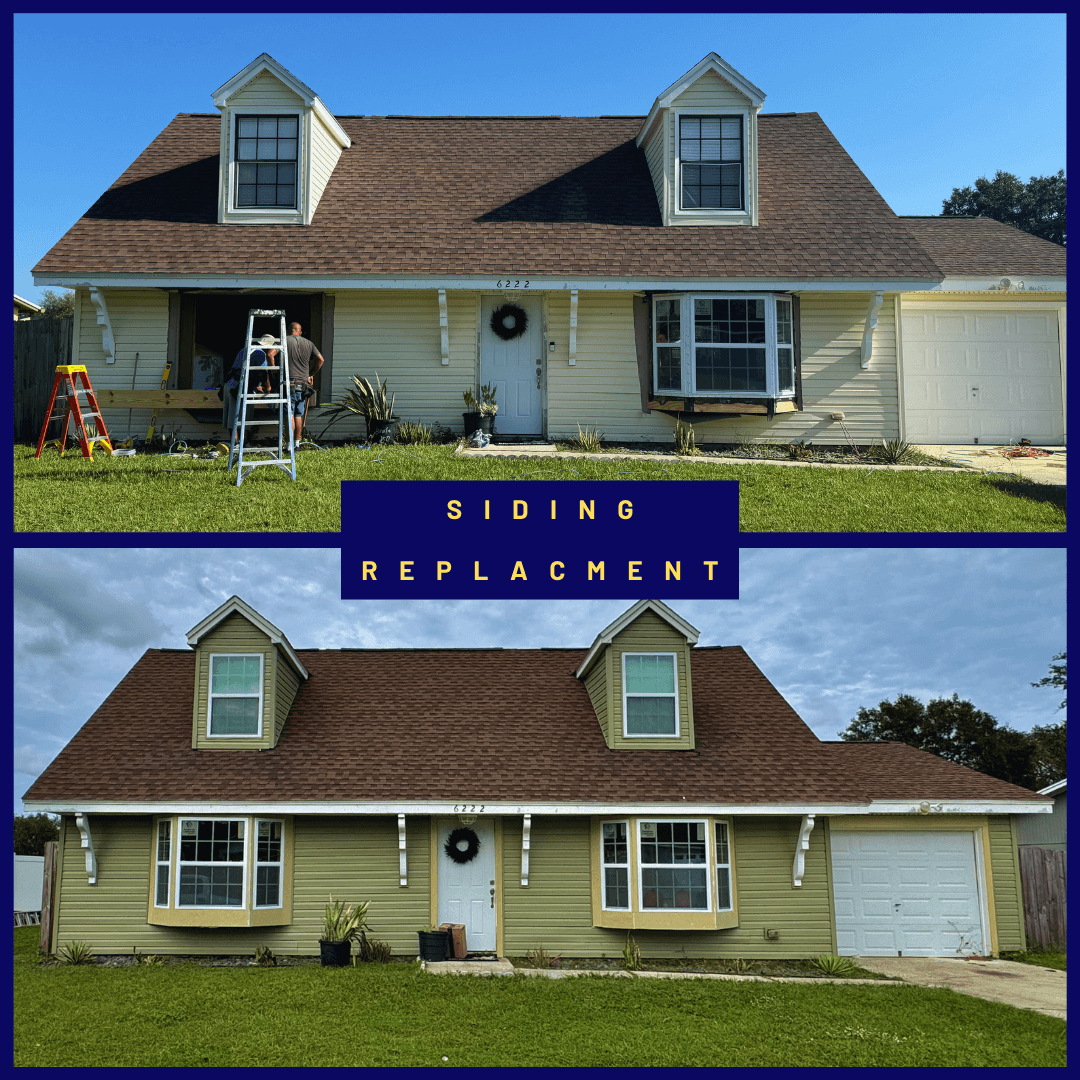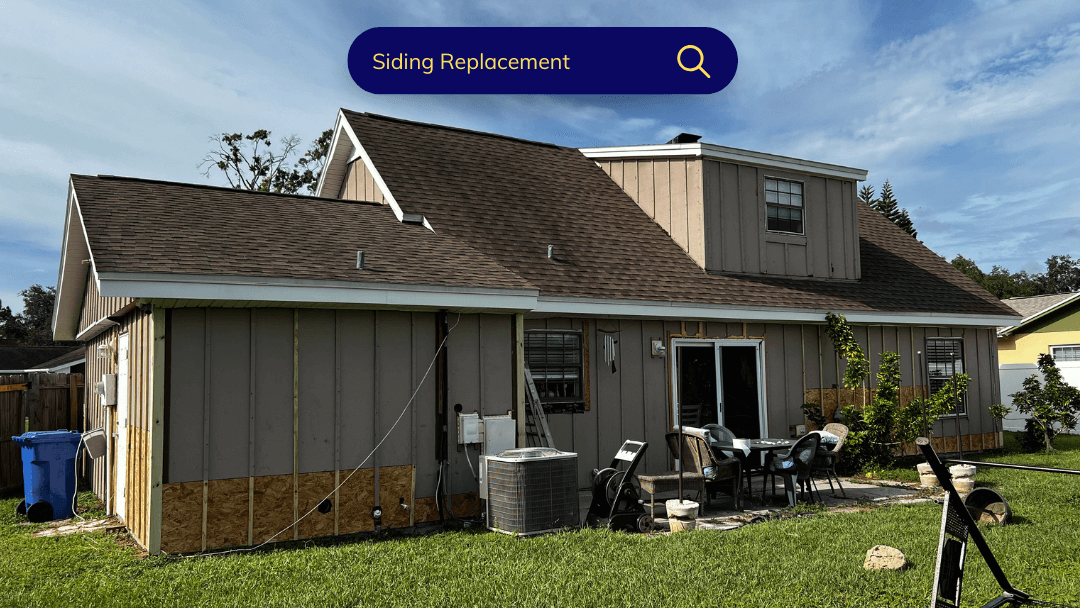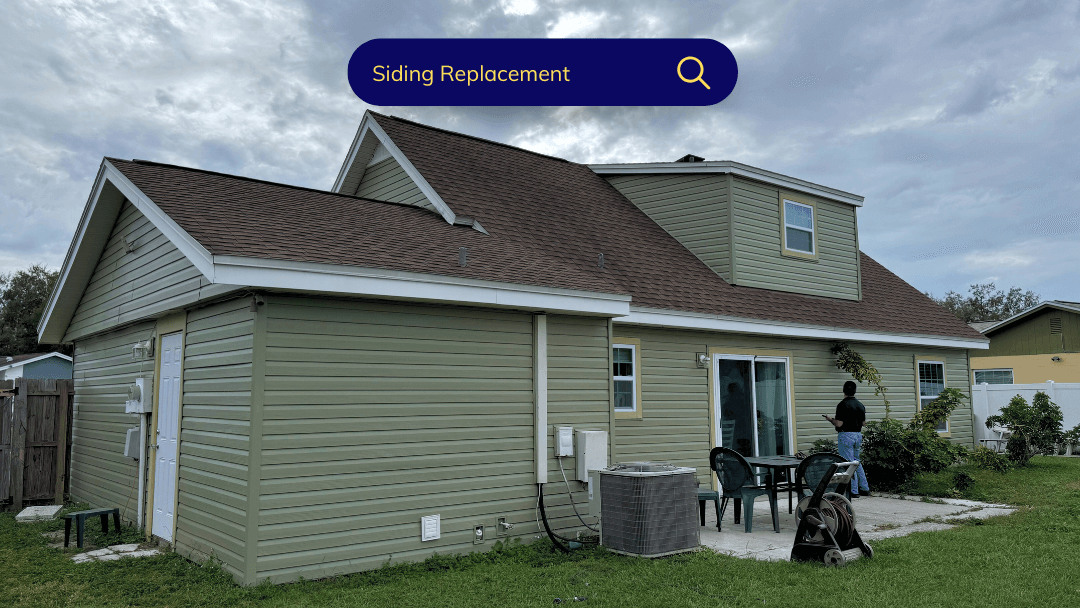| Siding Type | Durability | Maintenance | Cost | Appearance | Lifespan |
|---|---|---|---|---|---|
| Hardie Board | High | Low | Moderate – High | Realistic wood look | 30 – 50 years |
| Vinyl Siding | Moderate | Very Low | Low | Less natural look | 20 – 40 years |
| Wood Siding | Low – Moderate | High | High | Warm, natural | 15 – 30 years |
| Stucco | High (in dry climates) | Moderate | High | Smooth, seamless | 50 – 80 years |
Whether you’re looking to remodel your home or embark on the new adventure of everything a new construction home has to offer, choosing the right siding material for your home exterior is key. Just like most home remodeling services, each exterior home siding provides its own unique features, limitations, and can dramatically enhance your curb appeal. Understanding the differences between these options can help you make the most informed investment decision for your property.

What is Hardie board siding?
Hardie board siding is a popular exterior siding option for homes and buildings, made of durable fiber cement. It’s known for being low maintenance and highly resistant to weather, pests, and fire. This highly resistant material can replicate the appearance of wood, stucco, or other traditional finishes, providing both performance and curb appeal without the maintenance.
Pros of Hardie board Siding:
- Won’t rot or warp like wood
- Great for hurricane-prone or hot/humid climates like Florida
- Doesn’t require frequent painting or sealing
- Unlike wood and some vinyl, it doesn’t expand or contract with temperature and humidity swings, helping maintain a tight seal.
Cons of Hardie board Siding:
- Higher upfront cost
- Labor-intensive installation due to its heavy material
- Hardie board doesn’t offer much insulation, so additional insulation or a house wrap is typically needed.
- Damaged boards usually need to be entirely removed and replaced; you can’t simply patch a section, as with vinyl or wood.
What Is Vinyl Siding?
Vinyl siding is a popular choice among clients seeking an affordable yet durable siding option. It features a plastic-based exterior cladding made from polyvinyl chloride (PVC). It’s cost-effective, lightweight, and comes in a variety of colors and styles, including designs that replicate wood grain or shingles.
Pros of Vinyl Siding:
- Budget-friendly and cost-effective
- Low maintenance (no painting required)
- Resistant to rot, pests, and moisture
- Quick and easy to install
Cons of Vinyl Siding:
- Can warp or crack in extreme heat or cold
- May fade over time with UV exposure
- Less impact-resistant than stucco
- Doesn’t offer the same level of insulation
What is Wood Siding?
A timeless choice that has been popular for centuries, wood siding is made from natural wood and valued for its classic look, warmth, and versatility. Each wood grain pattern adds a one-of-a-kind character that synthetic options just can’t replicate. While it brings unmatched charm and curb appeal, it does require care, making it best suited for homeowners willing to invest in regular maintenance to keep it in great shape.
Pros of Wood Siding:
- Biodegradable (eco-friendly option)
- Easy to repair individual sections
- Great for detailed craftsmanship
- Wide variety of styles
Cons of Wood Siding:
- Requires regular maintenance (sealing, painting, or staining)
- Can be more expensive long-term due to upkeep
- Vulnerable to moisture, rot, insects, and fire if not properly treated
- The Florida humid or rainy environments can be harsher on untreated or poorly maintained wood.
What Is Stucco Siding?
Stucco is a popular cement-based exterior finish, composed of Portland cement, lime, sand, and water. It’s atop multiple layers over a wire mesh or lath system and dries to a solid, long-lasting surface. Commonly seen in Mediterranean, Spanish, and Southwestern-style homes, Stucco is increasingly popular in modern home design for its sleek, seamless look.
Pros of Stucco:
- Durable and long-lasting (can last 50+ years)
- Fire-resistant and energy-efficient
- Offers a clean, high-end appearance
- Can be textured or colored for customization
Cons of Stucco:
- Higher initial cost
- Requires skilled installation
- Can crack in areas with shifting soil or frequent freeze-thaw cycles
- Not ideal for very wet climates
Selecting the ideal exterior siding for your home is a crucial investment that significantly enhances both your home’s visual value and protection. Whether you prefer the durability of Hardie board siding, the affordability of vinyl siding, the timeless look of wood siding, or the seamless finish of stucco, it’s essential to assess your local climate, financial situation, and maintenance preferences. Making the right choice can transform your home’s exterior and ensure it stands the test of time.
At Feliciano Construction and Roofing, we help homeowners find the best siding solution to enhance their property’s value and style. Contact us today to schedule a complimentary consultation and explore your home siding options tailored to Tampa’s climate, your budget, and your vision.


